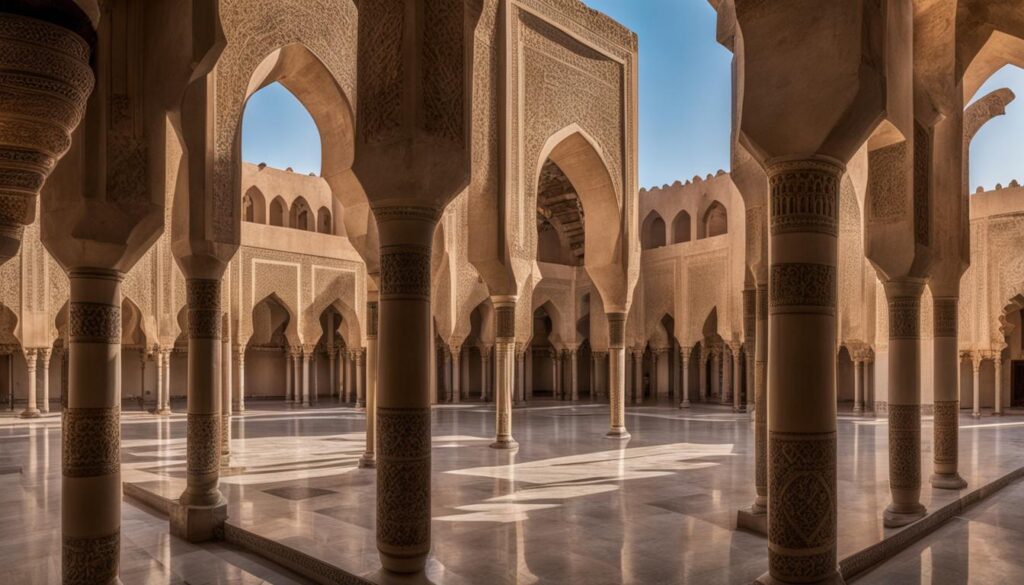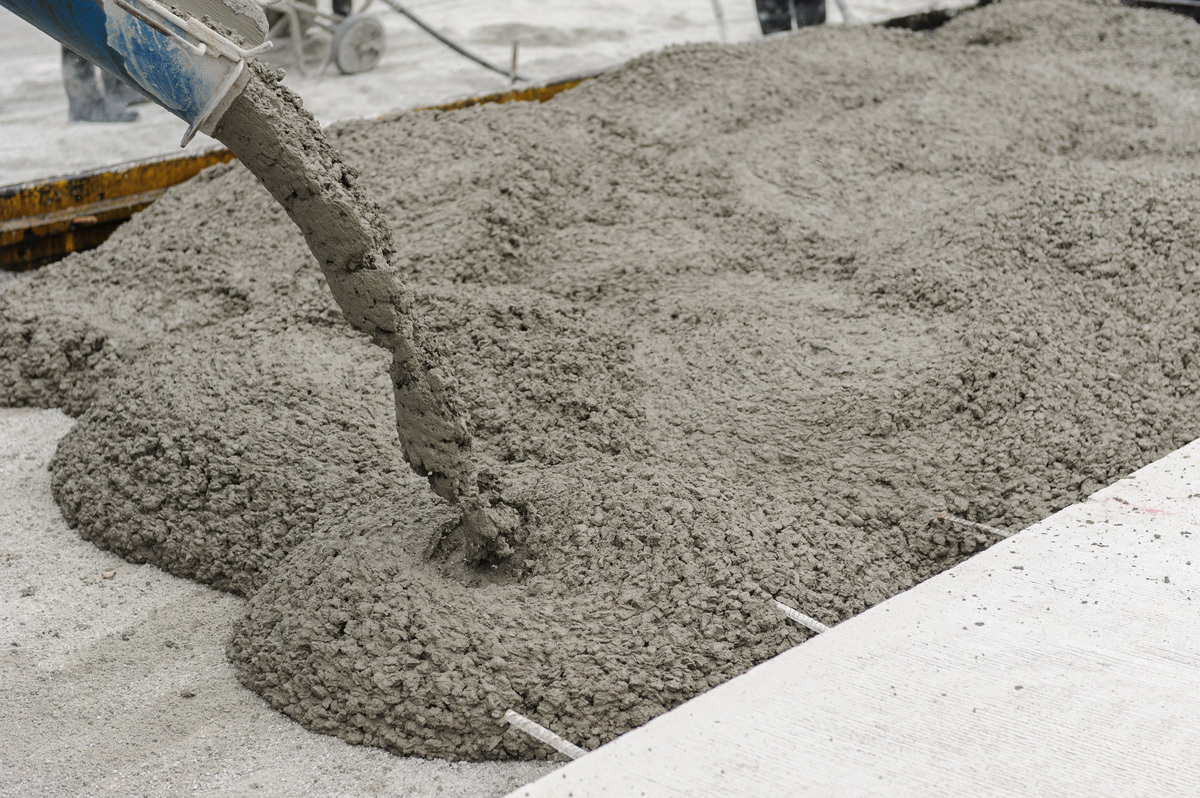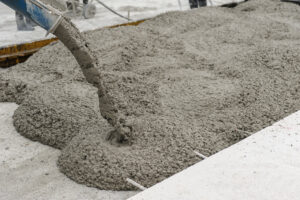Historical Landmarks in Madina: A Guide to the City’s Rich Heritage
Madina, also known as Al-Madinah Al-Munawwarah, is one of the most significant cities in the Islamic world. Located in Saudi Arabia, it is the second holiest city in Islam after Makkah. With a history that dates back over a millennium, Madina is home to numerous historical landmarks that tell the story of its spiritual, cultural, and architectural heritage. For travelers and pilgrims alike, exploring these landmarks is an essential part of Madina sightseeing. In this guide, we take a closer look at the most important historical sites in Madina that every visitor should explore.
1. Al-Masjid an-Nabawi (The Prophet’s Mosque)
No visit to Madina is complete without experiencing the grandeur of Al-Masjid an-Nabawi. Established by Prophet Muhammad (PBUH) himself, this mosque is one of the largest and most revered in the world. It houses the Prophet’s tomb, as well as the tombs of Caliphs Abu Bakr and Umar. The Rawdah Ash-Sharifah, located inside the mosque, is a highly regarded prayer area believed to be a garden of paradise.
2. Quba Mosque
Quba Mosque holds a special place in Islamic history as the first mosque built by the Prophet Muhammad (PBUH) upon his arrival in Madina. Praying in this mosque is believed to hold great spiritual rewards. The mosque’s simple yet elegant design reflects its historical significance and importance in Islamic tradition.
3. Qiblatain Mosque (The Mosque of Two Qiblas)
The Qiblatain Mosque is another landmark that holds deep historical importance. It is where the Prophet Muhammad (PBUH) received divine revelation instructing Muslims to change the direction of prayer (qibla) from Jerusalem to the Kaaba in Makkah. The mosque’s unique architectural style and its significance in Islamic history make it a must-visit site.
4. Jannat al-Baqi (Baqi Cemetery)
Jannat al-Baqi, also known as the Garden of Baqi, is the final resting place of many of the Prophet’s companions and family members. It is one of the most visited sites in Madina, with thousands of pilgrims paying their respects to those buried there. Notable figures such as the Prophet’s daughter Fatima and several of the Twelve Imams are buried in this historic cemetery.
Related Article: Business Travel in Saudi Arabia: Top Corporate Transportation Services
5. Uhud Mountain and the Site of the Battle of Uhud
The Battle of Uhud, fought between the Quraysh and Muslims in 625 AD, took place at the foot of Uhud Mountain. This historical battlefield is a significant site where visitors can see the graves of the martyrs, including the Prophet’s uncle, Hamza ibn Abdul Muttalib. The site offers a somber yet educational experience for those interested in Islamic history.
6. The Seven Mosques (Sab’ah Masajid)
The Seven Mosques are a collection of small mosques located near the site of the Battle of the Trench (Ghazwat al-Khandaq). These mosques are associated with different companions of the Prophet and serve as a reminder of the strategic battles fought to protect Madina from invaders. Visiting these mosques provides insight into the city’s military history and its defense during the early Islamic era.
7. Al-Baqi Market (Old Bazaar)
While not a mosque or battlefield, Al-Baqi Market is one of the oldest trading centers in Madina. It reflects the commercial history of the city, dating back to the time of the Prophet. Visitors can explore the traditional stalls and purchase souvenirs, spices, and local goods that have been traded in the region for centuries.
8. Madina Museum
For those looking to delve deeper into the history of Madina, the Madina Museum is an excellent place to visit. The museum showcases artifacts, manuscripts, and models depicting the city’s rich past, from pre-Islamic times to the present day. It is an ideal spot for history enthusiasts and families who want to learn more about the cultural evolution of Madina.
9. The Hejaz Railway Station
The Hejaz Railway was built during the Ottoman era to connect Makkah and Madina with Damascus. The historic railway station in Madina stands as a testament to the engineering prowess of the early 20th century. Today, visitors can explore the remains of the railway, locomotives, and exhibits detailing the significance of this transportation route.
10. Al-Ghamama Mosque
Located near Al-Masjid an-Nabawi, Al-Ghamama Mosque is believed to be the site where Prophet Muhammad (PBUH) performed the Eid prayer. Its name, which means “clouds,” is associated with an event where a cloud provided shade to the Prophet during his prayer. The mosque’s elegant design and proximity to the Prophet’s Mosque make it a notable landmark for visitors.
Final Thoughts
Madina is a city that holds a unique place in history and spirituality. Whether you are a pilgrim or a traveler, exploring these historical landmarks provides a deeper appreciation of the city’s past and its significance in Islam. From the awe-inspiring Al-Masjid an-Nabawi to the sacred grounds of Uhud and Baqi Cemetery, each site tells a story of faith, resilience, and heritage. If you are planning a trip, make sure to include these places in your Madina sightseeing itinerary for a truly enriching experience.














Post Comment